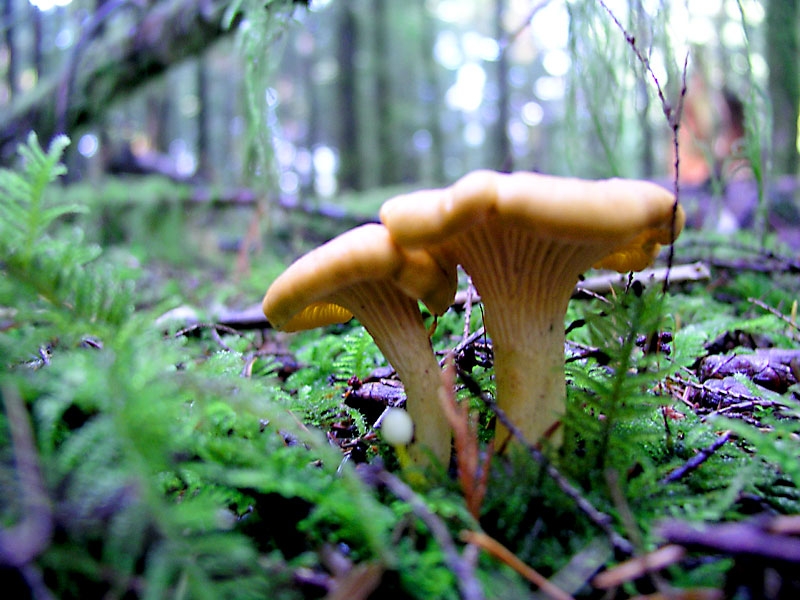
When Patrick Leacock goes mushroom hunting the first thing he checks is the weather. The Field Museum mycologist knows that rain means mushrooms. A week of heavy rain like the one we’ve had could produce a bumper crop of savory chanterelles or nutty morels, or a massive cluster of hen-of-the-woods.
Next he considers location. He already knows what some urban chicken owners learned the hard way this week: Mushrooms soak up whatever’s in the soil — lead included — so he heads for the forests outside of town, like some of the plots he and his colleagues have monitored near Palos Hills for the last 14 years.
Leacock is often looking for unnamed species, or deceptively boring looking specimens. “If you’re paid to study them, like I am, you find that they can be quite interesting,” Leacock says. “A lot of these boring mushrooms might have cool features under the microscope.”
Still, Leacock knows that when most of us go looking for ‘shrooms we’re not looking to untangle the secrets of complex fungal DNA — we’re considering what will taste best chopped, sautéed and served with a glass of Merlot. So when he spoke to Chicago Culinary Historians in June, he tailored his remarks for the Chicago chef set.
The first rule of mushroom hunting — NOT all mushrooms are edible — certainly applies. Mushrooms can be deadly and should never be eaten unless positively identified. But if you want to find the ones that are edible, he has a few tips. Leacock says look for the ones that have symbiotic, or mutually beneficial, relationships with other, easier to spot plants, like the species of bolete mushrooms that only grow on the roots of white pine trees. And, don’t waste your time trying to ID everything; just figure out what you want and go and get it.
You can hear the rest of his advice in the audio above.
Dynamic Range showcases hidden gems unearthed from Chicago Amplified’s vast archive of public events and appears on weekends. Patrick Leacock spoke at an event presented by the Culinary Historians of Chicago in June. Click here to hear the event in its entirety.
























